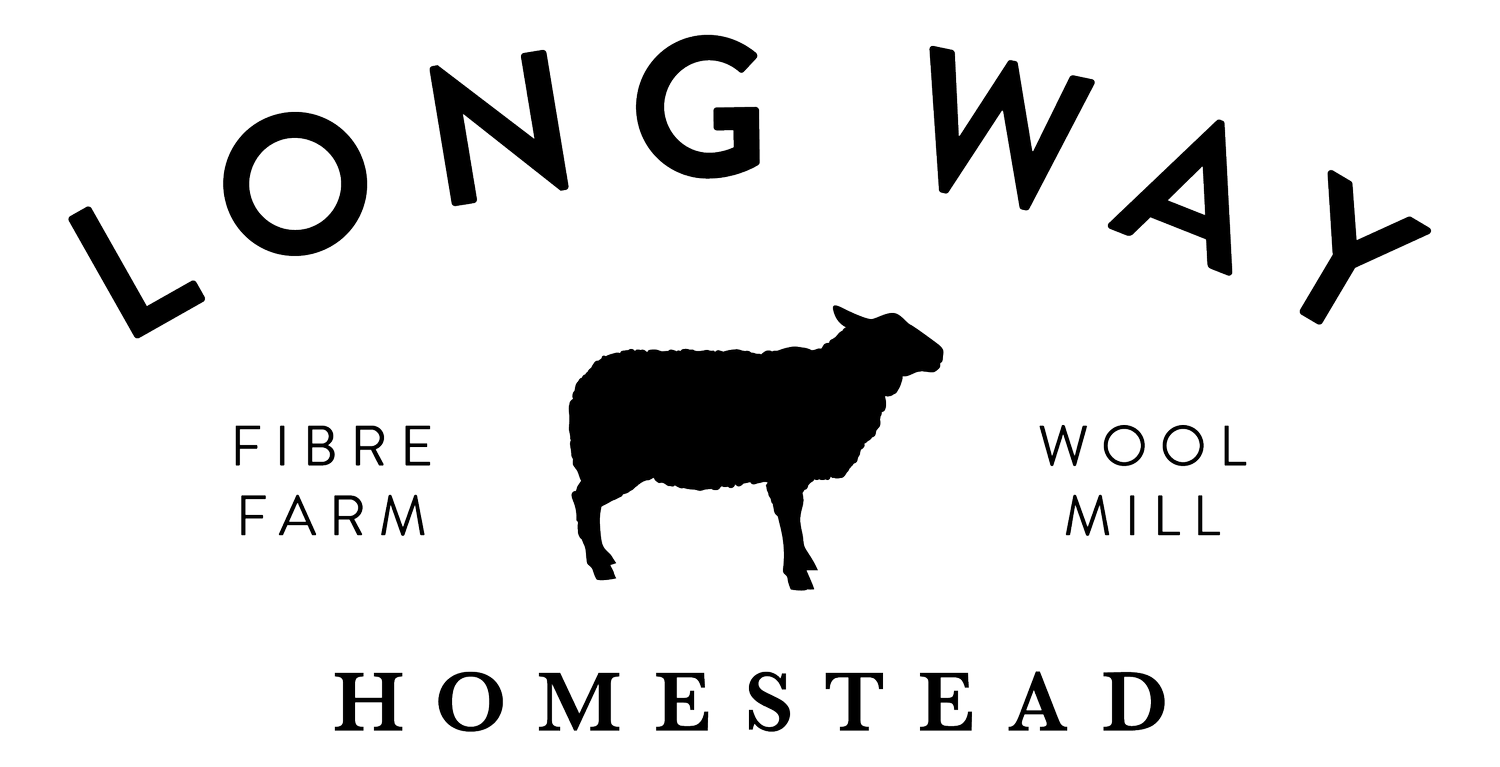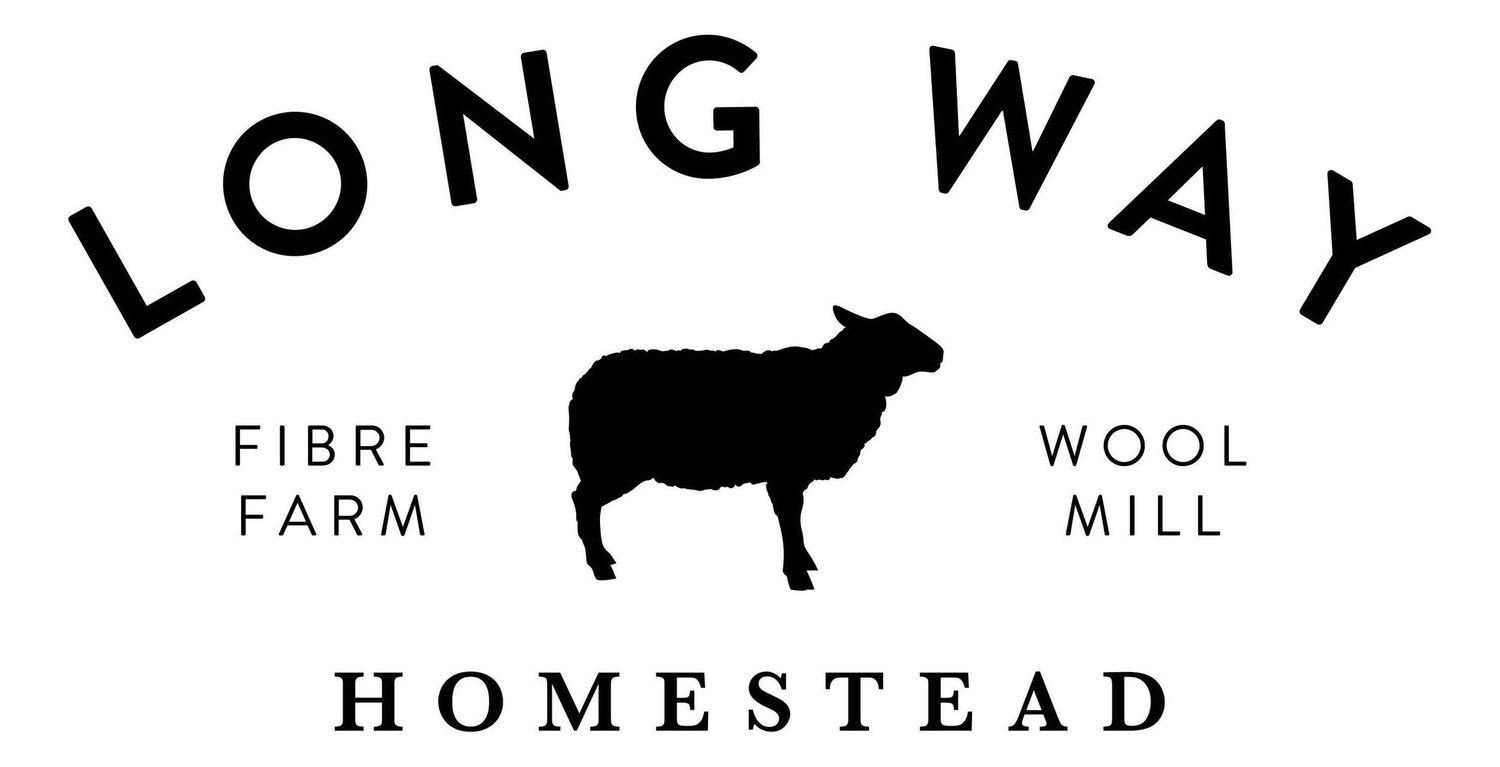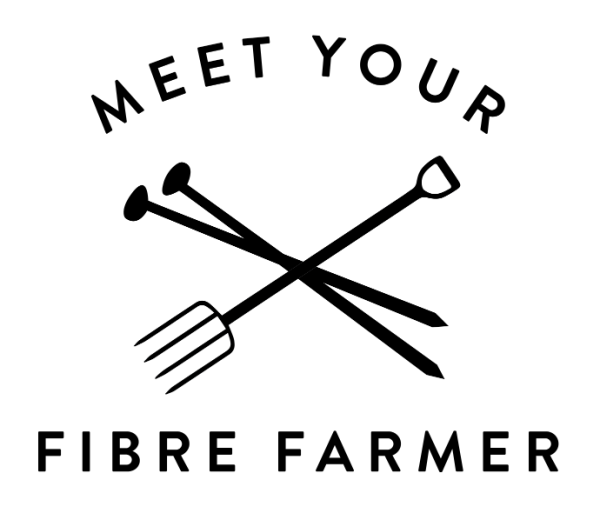Shropshire
The Shropshire breed originates from south-western England and is a cross between Southdown and the Leicester or Cotswold Ram. In 1853 it became a recognized breed and began to grow in popularity in English flocks. Raised predominantly as a meat breed because of its large size, quick growth and prolificacy it was once the most common breed in N. America.
Because most "Down" breeds are meat sheep, their wool is often disregarded and many farmers will even burn or discard it because it is simply not worth as much money as other wool. However, Down wool can be incredibly hard-wearing, extremely lofty, full of elasticity and an excellent choice for many of your knitting or crochet projects. All true Down breeds have a dark face and white fleece.
Shropshire wool has a very dense,blocky staple formation. The crimp is consistent and tight, which provides it a great amount of elasticity and loft. It has been spun with a moderate amount of twist to maintain the bounce of the fibre, and it's a 2-ply yarn to highlight the natural loft of the fibre.
Shropshire yarn can be used for many different projects and is best suited for outerwear projects and insulating layers. The elasticity allows for excellent socks or mittens, and the loft and insulation will make excellent outerwear sweaters.
Shropshire wool takes dye well, but lacks any lustre, so will produce more of a chalky colour. Our Shropshire yarn is made with wool sourced from Gerry Oliver's farm Spirit Sands Shepherds in Brandon, Mb. Geryy has a mixed flock of unique breeds and sells breeding stock and fleeces.
Staple length: 2.5 - 4” inches
Fibre diameter: 26 - 29 microns
Fleece weight is between4.5 - 10lbs
Structure: dense, blocky locks.
Details coming soon from the Manitoba Farm that we source our Jacob wool from.
Lambing Mitts
A huge thank you to Tracey Kirouac for sharing a photo and pattern recommendation for the Shropshire yarn. She has made the Lambing Mitts!
Those look so amazing, I wonder if I can make a pair in time for our lambing! Thanks for sharing Tracy
Pattern: Lambing Mitts
Designer: Veronika Jobe
Yarn: Shropshire 3-ply (Long Way Homestead)








